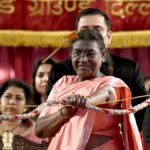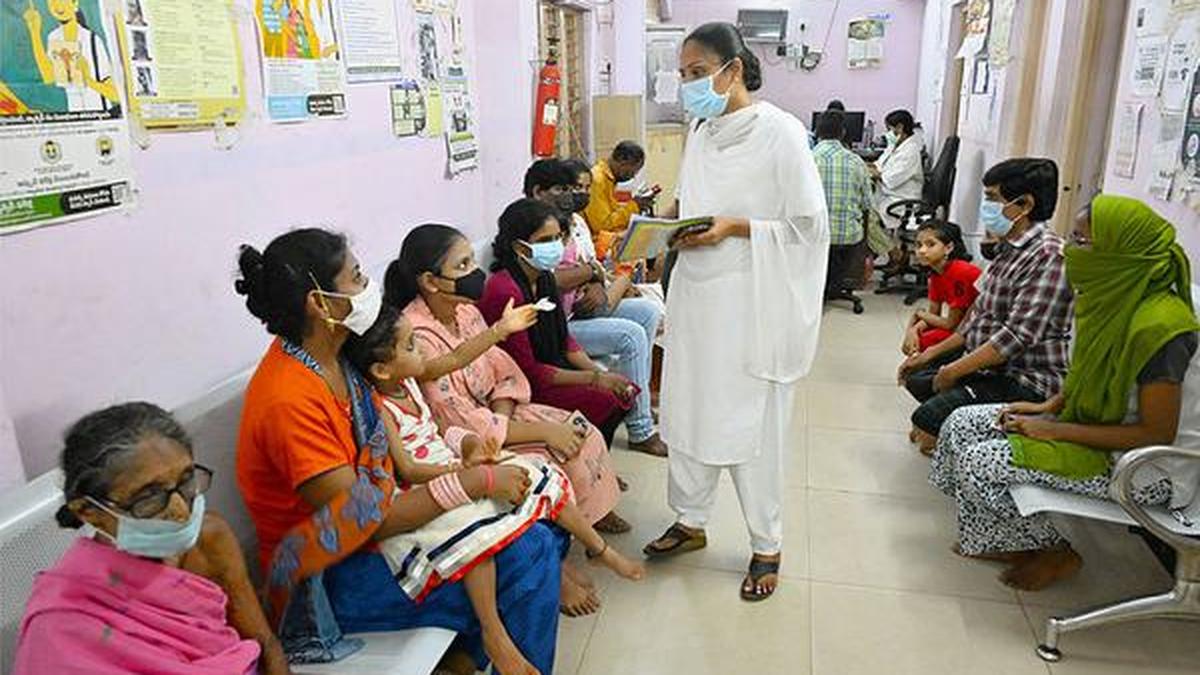In India, direct out-of-pocket expenditure (OOPE) by households is the main source of financing for health care. In an OOPE-based system, when a family member falls ill, we either dip into our savings, sell assets, or borrow to meet health-care expenditures. If one is poor, the option is either to forgo care and die or get pushed into further destitution due to the costs of care. Children are taken out of school, women work longer hours to earn a little more and make do with meagre meal(s). As families cope with health shocks, the vicious cycle of poverty and ill-health intensifies.
India’s National Health Account (NHA) estimates show a declining trend in OOPE as a proportion of total health expenditure as well as GDP. Various recent policy initiatives of the government of the day are being credited for this decline. A decline in OOPE, if materialised, is a positive development. However, it is prudent to scrutinise the estimates derived from the National Sample Surveys (NSS) before jumping to convenient conclusions.
Click to subscribe to our Data newsletter
We conducted a comparative analysis of the NHA estimates with other large sample surveys and National Income Accounts estimates. Our results point to the need for revisiting the argued decline in OOPE and to adopt a more cautious and comparative approach.
NHA captures spending on health by various sources, tracks the schemes through which these funds are channelised to various providers in a given period of time for a given geography. It derives OOPE estimates from various household surveys, mainly using the National Sample Survey (NSS). For some components not covered under NSS, the National Family Health Surveys (NFHS) and private databases on the sale of medicines are used. The latest health round of the NSS was for 2017-18 (75th round), which forms the basis of the 2017-18 NHA estimates. The NHA 2017-18 reported a steep decline in OOPE as a proportion of health expenditure, from 64% in 2013-14 and 49% in 2017-18. For subsequent rounds, OOPE estimates are an extrapolation of 2017-18 estimates, adjusting them for price rise. For the latest year of NHA (2021-22), the share has come down to 39%. The chart below shows out-of-pocket expenditure as a share of total expenditure.
The decline in OOPE, based on the NSS 75th round, however, needs further scrutiny. This could largely be on account of a decline in ailment reporting and utilisation of hospitalisation services, rather than any reduction in the cost of health-care services. Sources such as Longitudinal Ageing Study in India (LASI) show a much higher level of utilisation of hospitalisation services by the elderly.
One of the latest sources of OOPE estimates is the Consumer Expenditure Survey (CES)-2022-23. This data show that OOPE as a share of household consumption expenditure (HCE) is on a steady rise. Between 2011-12 and 2022-23, the share of OOPE in HCE has increased to 5.9% from 5.5% in rural areas and from 6.9% to 7.1% in urban areas. If OOPE had truly declined in this period, its share in HCE should have also declined. An increased proportion of the household budget going for health indicates that health care is becoming more expensive. The chart below shows out-of-pocket expenditure as a share of household consumption expenditure.
The NHA OOPE estimates have not been able to capture the massive distress caused by COVID-19. As you would note, the NHA numbers show a secular decline. Since none of the NSS rounds has data for the COVID-19 period, we have used the Consumer Pyramids Household Survey conducted by Centre for Monitoring Indian Economy (CPHS-CMIE), which surveys each household at least thrice a year. Since the CMIE has its limitations, it may not be compared with the NSS in absolute. To make them comparable, we have indexed both the CMIE and NHA OOPE absolute numbers as 100 (2016-17) and traced the trend over time. The NHA numbers show a steep decline in 2017-18 and then a very gradual crawling up. In comparison, the CMIE estimates show a steep decline during the COVID-19 years and then a ‘V’ shaped increase in OOPE. Current NHA estimates miss out these fluctuations completely, hence seeming unrealistic. The chart below shows trends in out-of-pocket expenditure indices derived from CMIE and NHA estimates.
The NHA is supposed to be a satellite account of the National Income Account (NIA). NIA estimates private final consumption expenditure on health as well. NIA estimates of the share of household spending on health in GDP depict a steady increase over these years, while NHA numbers show a decline.. Apart from direct OOPE, households also spend on insurance premiums. Even if we take both into account, we still see a steep unexplained decline in NHA estimates, while NIA estimates show a continuous rise.
Current NHA estimates remain conveniently confined within their methodological limitations and help draw politically motivated policy conclusions. The problem is that it depends heavily on one data set, which, for various reasons, has not been able to capture the reality pertaining to the hardships that households are facing in seeking health care. While medicine prices are skyrocketing, all other evidence indicates that health care is getting costlier.
The NSS Morbidity round remains one of the most important sources of details of how and where households spend money. As we have demonstrated in our recent paper for Economic and Political Weekly, sources such as Longitudinal Ageing Study in India (LASI) show a much higher level of utilisation of hospitalisation services by the elderly. The NSS health round estimates need to be complemented with various other data sources and methods to produce more realistic macro health policy numbers for national health accounts.
Source: NHA, National Health Systems Resource Centre, Ministry of Health and Family Welfare, National Income Accounts, PFCE
Indranil is a Professor at the School of Government and Public Policy, O.P Jindal Global University, Sonipat, Haryana.
Montu Bose is an Assistant Professor at the School of Health Systems Studies, TISS, Mumbai. With CMIE data inputs from Akarsh CO, Research Associate, O.P. Jindal Global University.
imukhopadhyay@jgu.edu.in, monbose@gmail.com
Also read: Urban consumers are worried about their income levels
Published – September 22, 2025 08:00 am IST























